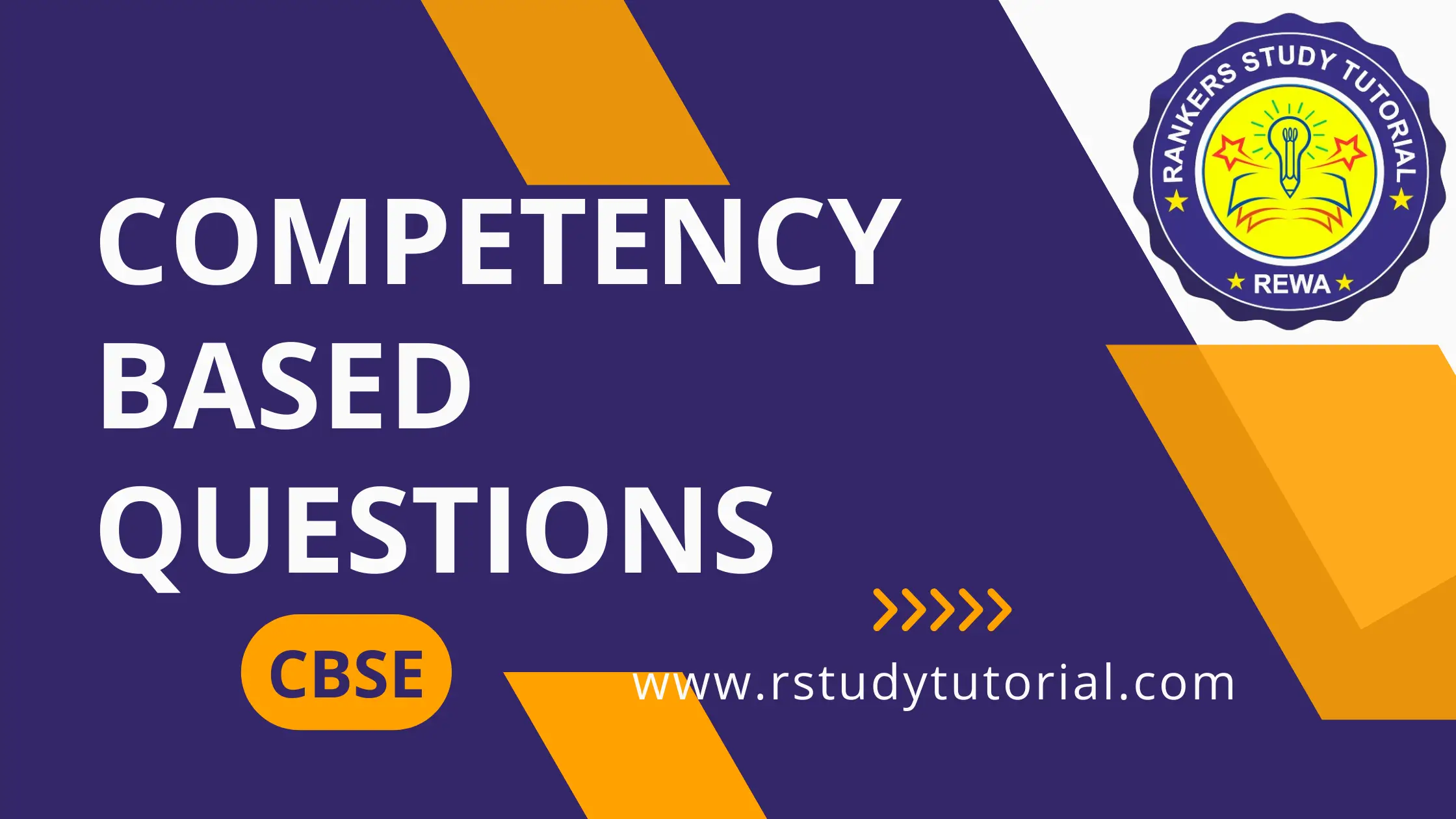Hint: Sequence different modes of transport from earliest to the most recent in order to suggest possible modification occurring over the period of time.
Question.1. The image shows the bullock cart used in villages to transport the material from one place to another.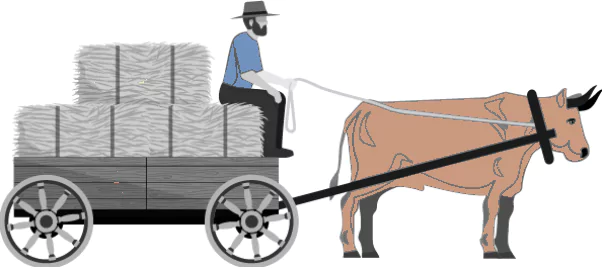
(a) Use of engine instead of bulls
(b) Use of a greater number of drivers
(c) By increasing the number of wheels
(d) Attaching a greater number of wheels to the cart
Question.2. The evolution of modes of transport is shown in the image.
(a) The size of the vehicle
(b) Use of animals for pulling
(c) Use of wheels in the vehicle
(d) The number of people driving the vehicle
Ans.1. (a) Use of engine instead of bulls
Ans.2. (c) Use of wheels in the vehicle
Hint: Construct a device by choosing appropriate materials in-order to measure length of given objects.
Question.3. A student wants to measure the length of the room. The student has various materials shown in the table.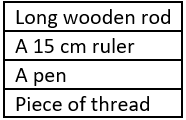
(a) A pen
(b) A 15 cm ruler
(c) Piece of thread
(d) Long wooden rod
Question.4. A student wants to measure the length of the fencing of a garden. The student has a long wooden rod and a 30 cm ruler. What can the student do to measure the length of the fencing easily?
(a) Measure the length of the fencing using foot steps
(b) Find the number of rod lengths required for the length of the fencing
(c) Measure the length of the fencing using a hand span and then measure the length of a hand span using the 30 cm ruler
(d) Measure the length of the rod using the 30 cm ruler then find the number of rod lengths required for the length of the fencing
Ans.3. (a) A pen
Ans.4. (d) Measure the length of the rod using the 30 cm ruler then find the number of rod lengths required for the length of the fencing
Hint: Hypothesize reasons for utilisation/usage of Standard units of measurement.
Question.5. The standard unit of length is meter. Why the distance between two cities or two different location is measured in kilometres?
(a) Because meter gives larger value than kilometre
(b) Because the kilometre is more accurate than meter
(c) Because measurement in kilometre is easy to measure for larger distances
(d) Because measurement in kilometre does not need any device
Question.6. In ancient India, people used to measure the length with fist and hand span. What is the advantage of using of the ‘Standard units of measurement’ for measurements?
(a) It is easy to measure
(b) It gives the uniform result
(c) It does not require any device
(d) It does not require any calculation
Ans.5. (c) Because measurement in kilometre is easy to measure for larger distances
Ans.6. (b) It gives the uniform result
Hint: Summarize the rules associated with the measurement of length.
Question.7. A student wants to measure the length of a desk using a ruler. What should be the first step of the student to measure the length?
(a) Measure the approximate length using hand span
(b) Coincides the ‘0’ of the ruler with the starting point of the desk
(c) Mark the starting point and last point of the desk with a pen
(d) Place the end point of the ruler on the starting point of the desk
Question.8. The table shows the various steps for the measurement of length using a ruler.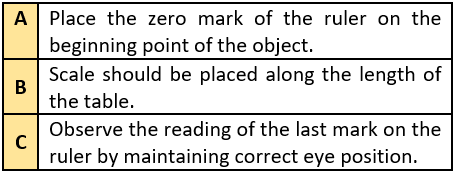
(a) A, B, C
(b) A, C, B
(c) B, A, C
(d) B, C, A
Ans.7. (b) Coincides the ‘0’ of the ruler with the starting point of the desk
Ans.8. (c) B, A, C
Hint: Identify to find any errors associated with finding measurements using standard measurement devices.
Question.9. Two students measure the length of a window using hand span. The table shows the length of the window as reported by each student.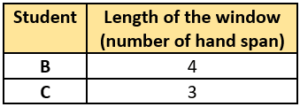
(a) Because the length of hand span of A is greater than B
(b) Because the length of hand span of B is greater than A
(c) Because measuring with hand span requires an external device
(d) Because the measurement with hand span needs further calculation
Question.10. A student measures the length of the pencil using a broken ruler. The image shows the measurement by the broken ruler. 
(a) By measuring with the hand span
(b) By adding the initial and final reading
(c) By measuring the length from the end of the ruler
(d) By subtracting the initial reading from final reading
Ans.9. (b) Because the length of hand span of B is greater than A
Ans.10. (d) By subtracting the initial reading from final reading
Hint: Compare the measurement of length for an object using a scientific instrument and an ascientific instrument in order to differentiate between standard and non-standard units of measurement.
Question.11. Two students measured the length of a desk using hand span and a metre scale. The table shows the measurements reported by the students.
(a) Measurement by hand span always gives uniform result
(b) Measurement by hand span does not require any calculation
(c) Measurement by scale gives accurate results than the hand span
(d) Measurement by scale gives the less accurate results than the hand span
Question.12. Two students measure the length of a curved surface using a string. The students then measured the length of the string with different methods as shown.
(a) Both a meter scale and hand span give accurate result
(b) Both a meter scale and hand span give inaccurate result
(c) The meter scale gives more accurate results than hand span
(d) Hand span gives more accurate results than the meter scale
Ans.11. (c) Measurement by scale gives accurate results than the hand span
Ans.12. (c) The meter scale gives more accurate results than hand span
Hint: Explain the distortion in the size of continents when represented on a world map in order to explain the effect of projection from a 3D shape to a 2D plane.
Question.13. When a two-dimensional map of different continents is developed using a globe, what property of the continents on the globe is most likely to get affected?
(a) The size of the continents
(b) The shape of the continents
(c) The location of the continents
(d) The North and South Pole of Earth
Question.14. A student developed a two-dimensional map using a globe. Every 10 cm distance on the globe is represented by 5 cm distance on the map.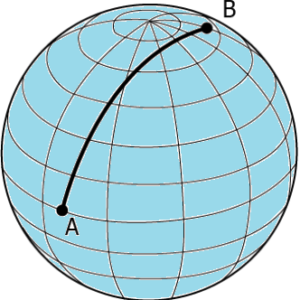
(a) 5 cm
(b) 15 cm
(c) 30 cm
(d) 60 cm
Ans.13. (a) The size of the continents
Ans.14. (b) 15 cm
Hint: Apply scientific inquiry to measure the length of an object in order to approximate the length of a curved line.
Question.15. A student wants to measure the length of a curved line. Which of the given methods the student should use to measure the length correctly?
(a) using a thread
(b) with foot steps
(c) with hand span
(d) using a metre scale
Question.16. A student measures the circumference of a circular table using a thread. How should the student get the circumference of table in standard units of measurement?
(a) Measure the length of the thread using hand span
(b) Measure the length of the thread using a metre scale
(c) Measure the length of the thread using foot steps
(d) Measure the length of the thread by placing between the chin and outstretching the arm
Ans.15. (a) using a thread
Ans.16. (b) Measure the length of the thread using a metre scale
Hint: Distinguish between rest and motion in order to classify objects as in motion or at rest.
Question.17. The table lists four different objects/observations.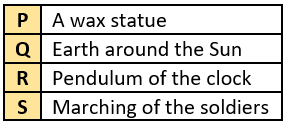
(a) P and Q
(b) Q and R
(c) R and S
(d) Q and S
Question.18. The table shows the position two balls A and B at different times.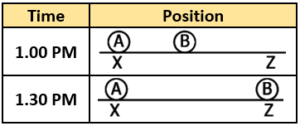
(a) Both Ball A and B were in motion
(b) Both Ball A and B remain at rest
(c) Ball A was in motion and Ball B remains at rest
(d) Ball B was in motion and Ball A remains at rest
Ans.17. (a) P and Q
Ans.18. (d) Ball B was in motion and Ball A remains at rest
Hint: Find out the similarities and differences between the two objects based on the
types of motion.
Question.19. What is the similarity between the motion of the pendulum and the rotation of Earth around the Sun?
(a) Both moves in a straight line
(b) Both show periodic motion
(c) Both follow circular motion
(d) Both rotate on their respective axis
Question.20. The image shows a sphere and cubical block on a ramp.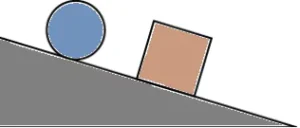
(a) Sphere follows linear motion but block follows rotation
(b) Sphere follows only rotation and block follows linear motion
(c) Sphere follows a combination of motion but block follows linear motion
(d) Sphere follows linear motion but block follows combination of motion
Ans.19. (b) Both show periodic motion
Ans.20. (c) Sphere follows a combination of motion but block follows linear motion

